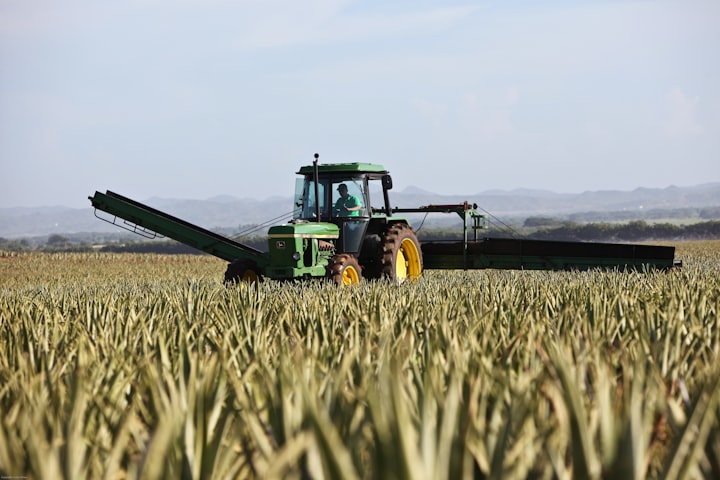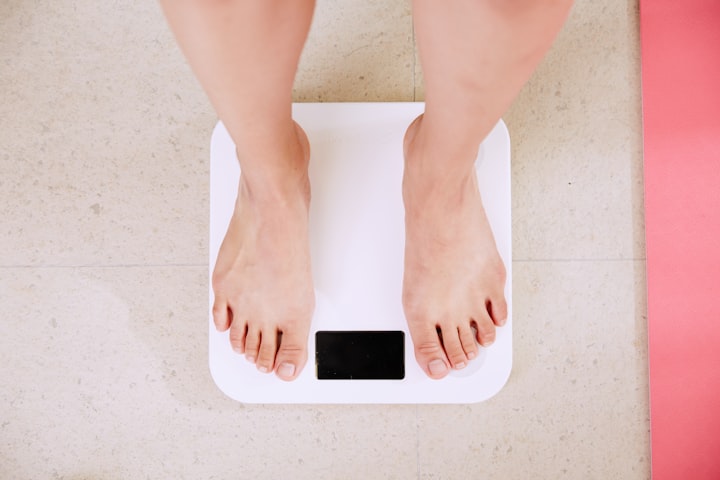How many different tractor types are there?
You'll be surprised by the answer.

Tractors are large, durable vehicles that farmers use to pull and push heavy loads. They get their name from the Latin word "tractus," which means "to drag." Tractor designs vary depending on their intended utility, but most feature four-wheel drive, power steering, and a diesel engine.
People usually think of tractors as only for agricultural purposes, but they can do so much more. In fact, many different types of tractors are not only used on farms but also for large industrial tasks and specialty jobs. They're even helpful with small residential projects or vast earthmoving endeavors! All these tracts have unique features that make them special.
In this article, we explore the eight main types of tractors available today. You'll learn what each one is best suited for along with how to select the perfect tractor according to your needs.
1. Orchard Tractors
Orchard tractors are tall, thin, and open-air so that the driver can easily maneuver between the rows of trees. They're also equipped with durable tires to prevent punctures from thorns or other plant debris.
They are designed specifically for agricultural applications, but they share the same basic function as other types of tractors. They can be used to push and pull objects, as well as farm-related functions such as plowing and sowing.
2. Compact Tractors
Compact tractors are agricultural vehicles, meant for landowners or mid-sized farms. Their limited size allows them to better function in narrow spaces and on smaller properties.
According to Victoria Farm Equipment, most compact tractors come with 540-rpm PTO to power incidentals. Similarly to other farm tractors, they use a three-point hitch; however, their small stature puts them in Category 1. Categories for farm tractors designate the horsepower limit of its three-point hitch. Therefore, a Category 1 tractor like the compact tractor is under 50 horsepower and can only use lightweight attachments such as blades, scrapers, and tillers.
3. Row Crop Tractors
Row crop tractors serve as combination farm tractors and cultivators, performing the duties of both in a single machine. They’re useful for agricultural tasks such as plowing, leveling, harrowing, mowing, weed control and pulling seed drills. With optional attachments including threshers, water pumps and sprayers (among others), row crop tractors can fulfill nearly any need on your farm… all supported by powerful PTO functionality.
These tractors are simple to maneuver, with effortless steering and superior row-spacing abilities.
4. Industrial Tractors
Industrial tractors, also called tuggers, are designed for use in industrial applications, like construction sites. They have four-wheel drive and use a drawbar to attach implements, like crane booms, making them suited for off-road use. Most industrial tractor models are designed for pulling heavy loads like logs or other materials.
Agricultural tractors differ from industrial ones because they're built for lighter tasks, though both have a range of varying horsepower and strength.
5. Sub-Compact Tractors
Sub-compact tractors are essentially compact tractors that come in a smaller package. They have many of the same abilities as compact tractors but are more affordable and easier to maneuver due to their smaller size. These types of tractor are best for individuals who have small farms or acreages and have never owned a tractor before.
6. Rotary Tillers
This type of tractor is usually used in smaller fields and those that are at different height levels. These are places where ordinary equipment often doesn’t work efficiently, yet rotary tillers are small enough to get into small spaces and over hills with ease.
By adding blades to the tillers, you can prepare seedbeds since you can pulverize the soil content quickly and easily. A rotary tiller is essentially a motorized cultivator that work by rotating blades or tines in order to loosen the soil. It takes even hard, chunky soil and creates a fine bed free of clumps. You adjust the skid shoes to control how deep into the ground the tiller goes.
This equipment will help you to prepare the soil in your garden bed so that it is ready for planting any type of seeds.
7. Utility Tractors
Utility tractors are vehicles that can be used for a variety of purposes. They support agricultural tasks like mowing grass and digging trenches, as well as landscaping activities like transporting dirt or gravel. Utility tractors usually have between 40 and 100 horsepower, making them powerful yet easy to maneuver.
8. Garden Tractors
Garden tractors are small, low-power tractors designed for use by homeowners in their lawns or gardens. They generally range from 1 to 10 horsepower and have tires similar to a scooter’s, though with much thicker treads for better traction and durability. Garden tractors can be used for tasks like cutting grass and creating new flower beds for planting.






Comments
There are no comments for this story
Be the first to respond and start the conversation.